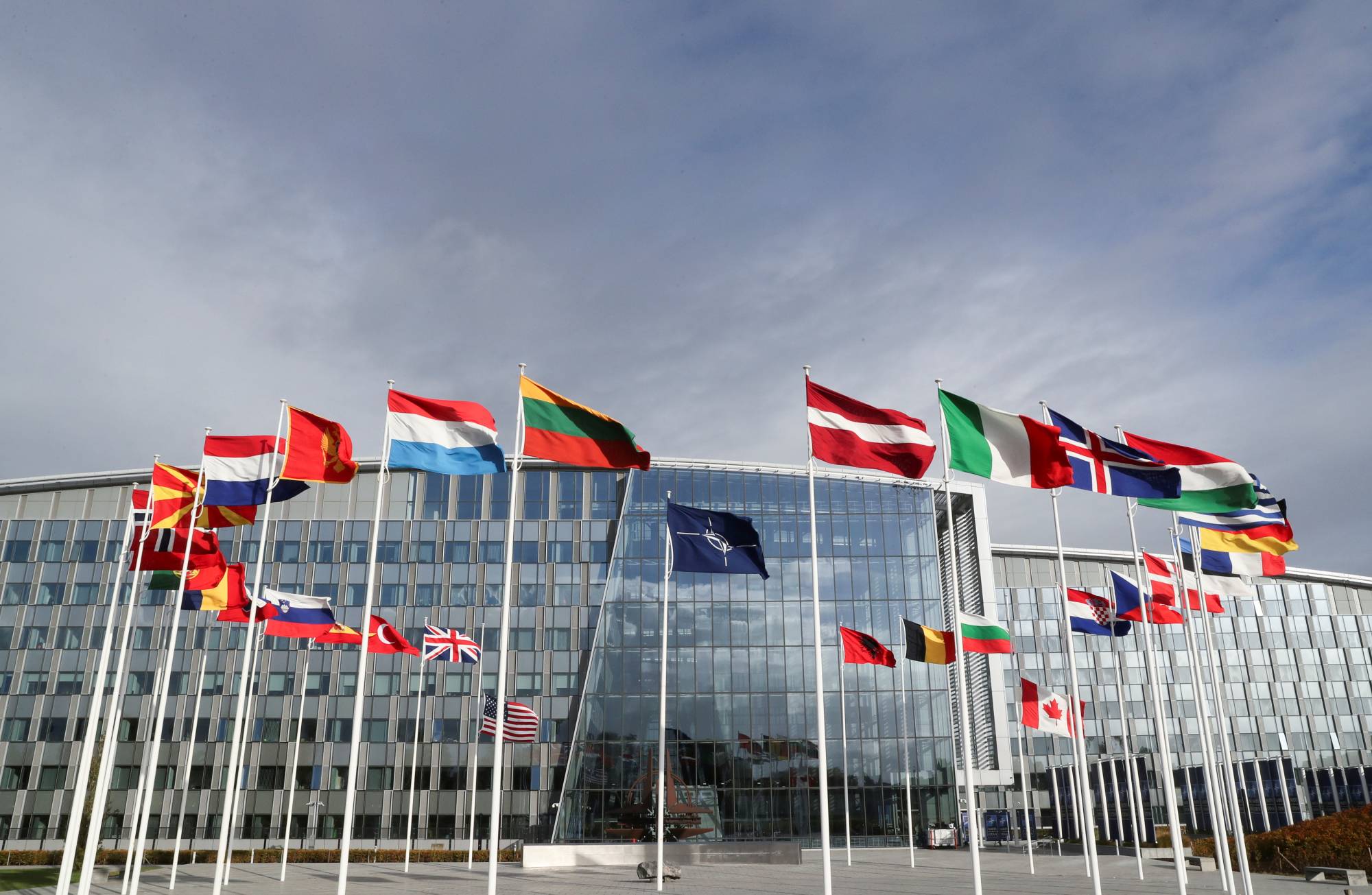What a difference a preposition makes! For years, there has been a debate (among security types, at least) about the prospects of a “NATO for Asia.” In recent weeks, however, the discussion has morphed into one about the role of “NATO in Asia.” The latter is more pressing but it’s the less important of the two.
NATO will always have a minimal role to play in Indo-Pacific security. It can contribute, but it is just too far away, with more urgent concerns upon which it must focus its energies and resources. The model of a collective security organization is another matter, however — in theory, at least. That has profound implications for regional security, even if there is little chance of a NATO-like institution emerging in this part of the world.
Closer ties make sense. Security is indivisible, at least insofar as the ability of one country to violate international law with impunity will inspire others to do the same. Even if distance prevents NATO countries from making substantial material contributions in an Indo-Pacific crisis, they signal their interest in the region with peacetime deployments, boosting deterrence by making it clear to any revisionist state that its transgressions will at least be punished with diplomatic sanctions.

















With your current subscription plan you can comment on stories. However, before writing your first comment, please create a display name in the Profile section of your subscriber account page.